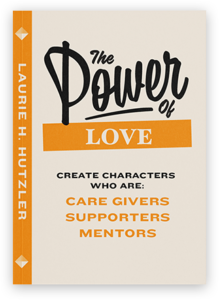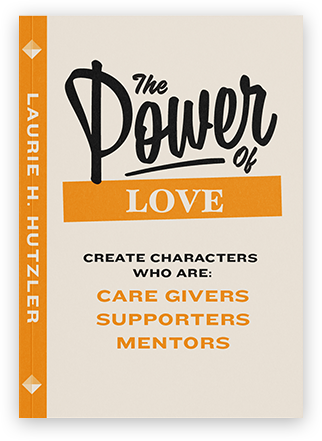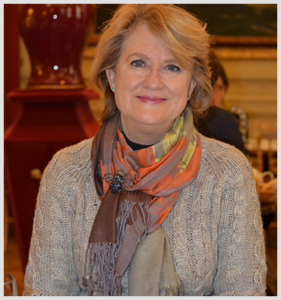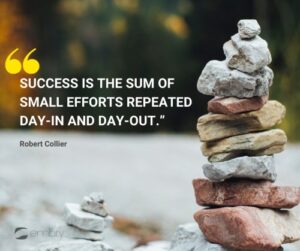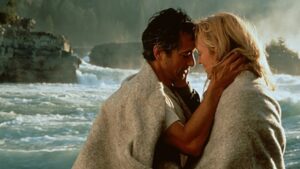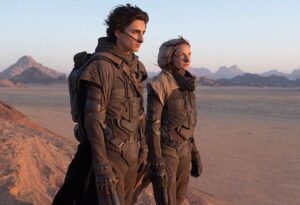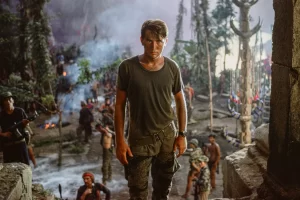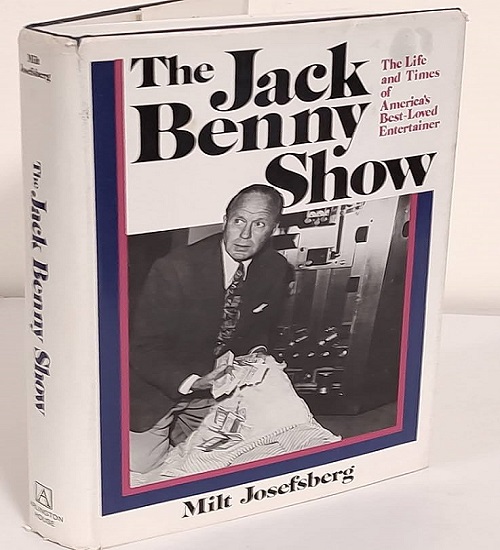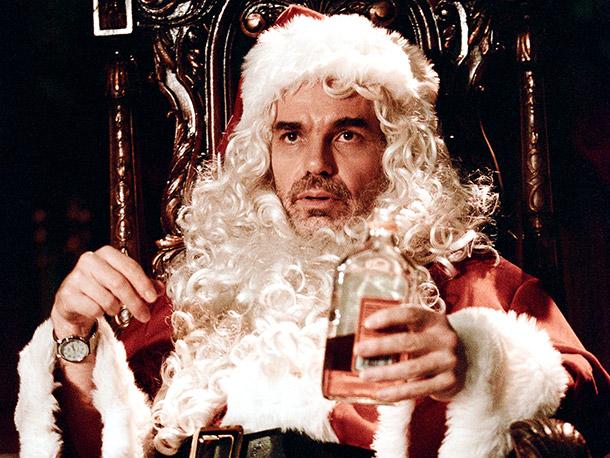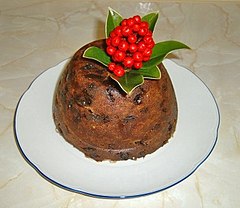The Power Of Love Character
Get your Valentine’s Day cards out, bring on the chocolate hearts, and strew rose petals where you may—It’s February! It’s fitting that we take a look at the Power of Love character in this month’s newsletter. Thanks for sticking with me as I revive my monthly mailbox musings.
What is a Power of Love character?
I’m using those words as a “term of art.” A term of art is a word or phrase with a precise meaning in a particular subject area. In the Emotional Toolbox Approach, the Power of Love is the name of a combination of emotional forces that drives a particular Character Type through a story.
I’m gonna make you love me
Power of Love characters believe that if they make themselves indispensable and/or irresistible, the other person will need them and be obliged to love them. Love is a mutual obligation. This might be stated: “I’ve done everything for you. I sacrificed and slaved for you. I made you who you are. You owe me.” Or, in the case of a spouse or lover: “I gave you the best years of my life. You owe me.”
An iron fist in a velvet glove
On a paper valentine, it says simply and powerfully, “Be Mine.” Possessiveness and passive/aggressive domination can be a toxic hallmark of these characters. These Dark Side Power of Love characters want to control, prevail, gain dominance, or conquer another’s heart.
They see their own value reflected in the eyes of their love object. Their philosophy might be stated: “You’re nothing without me. (And I feel I am nothing without you.)”
Who are these people?
A character driven by the Power of Love is often a long-suffering best friend, a great mentor, an over-zealous parent, a beleaguered assistant, or someone who tirelessly pushes another forward in a story. At their worst, these characters are stalkers, jealous lovers, crushingly caring parents, needy spouses, clingy co-dependents, or self-pitying martyrs for love.
Let’s look at both sides of this Character Type in the Netflix series You and the Apple + series Ted Lasso.
You
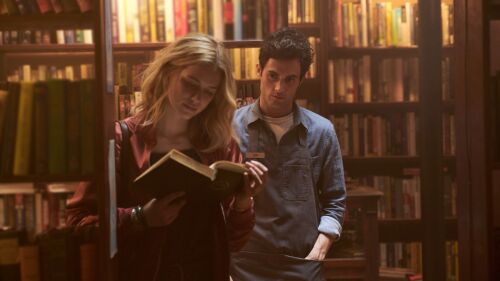

The first season of You is a Netflix series that veers from a millennial meet-cute Rom-Com to a creepy cyber security stalker tale. The show is based on Caroline Kepnes’ novel.
Aspiring writer Guinevere Beck (Elizabeth Lail) meets mild- mannered bookstore manager Joe Goldberg (Penn Badgley). Joe falls head-over-heels in love but struggles to escape the “Friend Zone.”
Joe weasels his way into Beck’s private life. Her social network settings are sloppy and easily opened. He follows her nights out, learns her plans, discovers her yearnings, and knows her insecurities around her rich girlfriends. He is especially interested in their snarky comments made about him.
Joe pursues a careful, steady courtship of Beck. He earns her trust and encourages her talent. Her snooty friends don’t stand a chance in the face of his charm offensive and sly skullduggery. Joe stops at nothing to remove the obstacles that keep Beck from loving him.
Love me or else
Joe is a toxic Power of Love character. He lavishes his attention and affection on Beck to exercise control, prevail, gain dominance, and conquer her heart. These characters see their value reflected in their love object’s eyes. Their philosophy might be stated: “You’re nothing without me. (And I feel I am nothing without you.)”
Joe is a compelling Power of Love male lead. He is soft, gentle, and compliant on the outside—but made of strong, even steely, stuff on the inside, with a heavy added dose of the dangerous psychopath.
Ted Lasso
The Apple TV+ series Ted Lasso evolved from a group of spots NBC Sports ran to promote English football (soccer). The title character, Ted Lasso (Jason Sudeikis), is an American college football coach from Kansas who—inexplicably— is hired to manage a Premier League team in London. The antagonistic squad hates his energetic “go team” American bullshit, and fans chant “wanker” at him everywhere he goes.
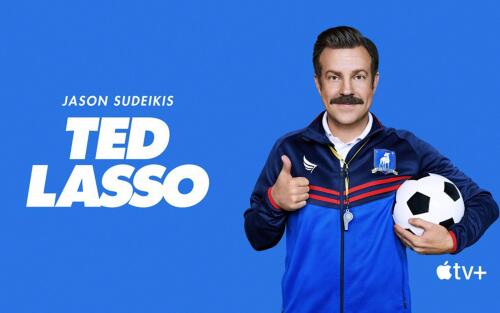

Ted arrives in London with boundless optimism but fully understanding that, technically, he is completely unqualified to coach the last-place AFC Richmond football team. In true Power of Love fashion, coaching isn’t about brilliant strategy, understanding all the arcane rules of the game, or the history of the most famous players; it’s about helping his players “be the best versions of themselves on and off the field.”
He’s aided in this mission by his best friend, Coach Beard (Brendan Hunt), and slyly sabotaged by Richmond’s new owner, Rebecca (Hannah Waddingham). She inherited the team in a bitter divorce and hires Ted to get back at her nasty, philandering ex-husband (Anthony Head) by destroying his beloved team.
No one expects Ted’s kindness and persistence to elevate everyone in the team’s orbit. Ted leads by pushing others forward and putting the team first. His compassion, humility, enlightened discipline, and common decency change everyone around him.
He is the most positive version of the Power of Love leader. He is a true mentor, a man sensitive to those around him, who empowers everyone in his purview. He always has the good of the team at heart and teaches his players to be as selfless and dedicated as he is.


